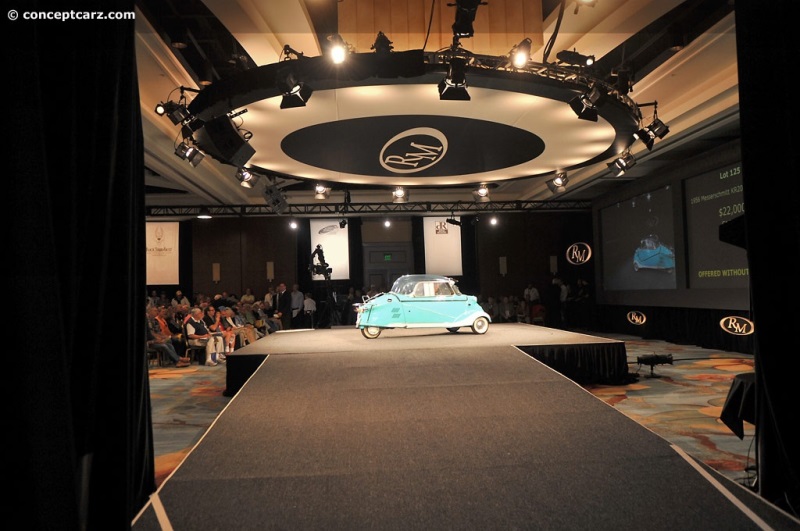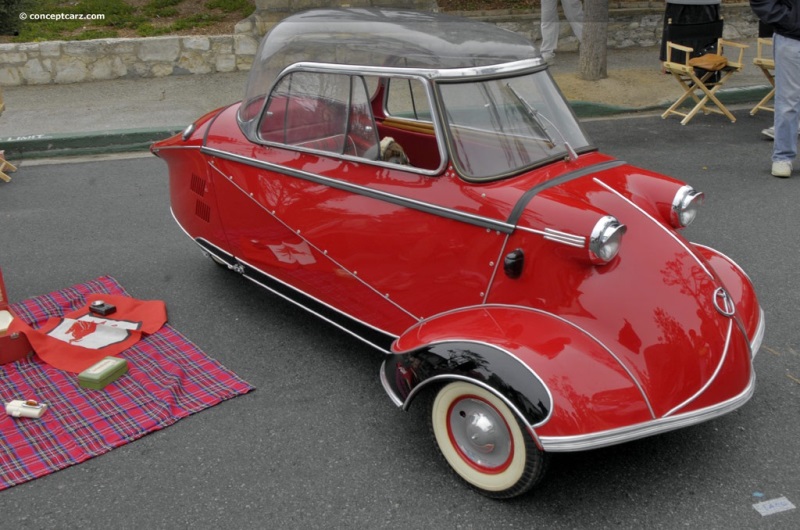In the post-World War II era, Europe was in need of compact and economical transportation, and since Messerschmitt was temporarily banned from the production of aircraft following the cessation of hostilities, they applied their engineering talents and skill to resolve this issue and remain in business. In 1952, Messerschmitt was approached by aircraft engineer Fritz Fend, who had designed a three-wheel invalid carriage. Approximately 250 of these 'Fend Flitzers' had been built through 1951 before a deal was struck with Messerschmitt, allowing them to assemble the vehicles at their factory in Regensburg, Germany, and apply the 'Messerschmitt' name to the completed project. 
Tandem
View info and historyThe Fend FK-150 Kabinenroller (cabin scooter) had a slender two-seat cabin layout and an aircraft-style 'bubble' roof. Steering was via motorcycle-like handlebars with twist-grip throttle control. Entry was made over the cut-away left side of the vehicle, with the canopy roof tilted away to the right. Fend had demonstrated the vehicle's capabilities via a run up the High Alpine Road on the Grossglockner, Austria's tallest mountain. Messerschmitt's technical department made further refinements to the design and by 1953 had installed a larger-displacement 173cc engine. Production commenced in February 1953 at Hall Three of Messerschmitt's Regensburg works. Several external suppliers provided most components, including Sachs who supplied engines, and at first, several firms supplied the tilting aircraft canopy-style roof domes. Presswerk Bellino in Göppingen near Stuttgart supplied most of the body stampings. Fabrication of the flat side panels and paintwork were performed in-house.The first model to leave the Messerschmitt facility was dubbed the KR 175, with the 'KR' signifying Kabinenroller, or 'enclosed scooter,' and 175 for the metric displacement of its two-stroke engine. A steel bar similar to something found in an aircraft was responsible for steering, while a gearshift lever on the side of the cockpit had a secondary lever to operate the clutch. The throttle was operated via a twist-grip on the left handlebar. To engage reverse, the engine was stopped and then restarted, thus, the car had the same four gear ratios available in reverse as it did in forward motion. The only pedal in the KR175 was a foot brake pedal which operated brakes on all three wheels using cables. In 1954, the clutch lever was replaced by a pedal. 
Tandem
View info and historyThe KR175 was continuously refined, with approximately 70 improvements made over 1953 alone. By 1954, the drive chain had become enclosed, the mechanical reverse was added, the rear cover was deepened, and full-width rear seating was added. A convertible variant, two-tone paint, a heater, and interior-trim panels were added.In 1955, an improved KR 200 model followed, powered by a 10-horsepower, Fichtel & Sachs, 191-cubic-centimeter two-stroke engine, an improved canopy, and a revised suspension. To reverse, the engine was merely re-started in the other direction, providing four speeds backward as well as forward. The gearshift lever had a secondary lever on it and when engaged, would put the car in neutral regardless of what gear it had been in before. While the KR175 had a single pedal, the KR200 had a clutch, brake, and accelerator.The KR200 used the same basic frame as the KR175, and except for incorporating minor modifications to the bodywork, was almost completely reworked. Hydraulic shock absorbers were placed at all three wheels, the rear suspension and engine mountings were modified, and the vehicle now rode on larger 4.00 x 8 tires. The wheel cutouts in the front fenders were new and the canopy design was improved. The wheelbase and length (79.9- and 111-inches, respectively) remained the same as the KR175. The weight increased slightly, by approximately 20 pounds. 
TandemBoth the KR175 and KR200 had a narrow body with a low frontal area and tandem seating. The body tapered light an aircraft fuselage, endowing it with excellent fuel economy (approximately 80 miles per gallon or more) and enhancing its practicality as a utilitarian vehicle. The 10 horsepower engine gave it a top speed of slightly north of 60 miles per hour for those daring enough to attempt such a feat. The vehicle's tandem seating allowed the mass of the vehicle to be centralized along the longitudinal axis and gave the KR200 good handling characteristics, reinforced by its low center of gravity and low weight. Another benefit of tandem seating meant that changes were not necessary for export models, in regards to accomodating left- and right-hand drive configuration. In 1955, a KR200 challenged the 24-hour speed record for three-wheeled vehicles under 250 cc at the Hockenheimring, where it broke 22 international speed records in its class, including the 24-hour speed record at 64 mph.
Tandem
Chassis #: 56278
View info and history
Auction entries : 1When Messerschmitt returned to the aircraft business in 1956, they lost interest in the Kabinenrollers, so later assembly was carried out by Fend's own company Fahrzeug und Maschinenbau Regensburg, or F.M.R.The KR200 succeeded in its goal of providing an economical means of transportation in post-War Europe where restrictions on fuel and steel consumption made it nearly impossible for Europeans of the time to own a 'large' car. Nearly 12,000 examples were built in its first year - a record-high for Kabinenroller models. Approximately 40,000 examples of the KR200 were built from 1955 through 1964.
by Daniel Vaughan | Nov 2021
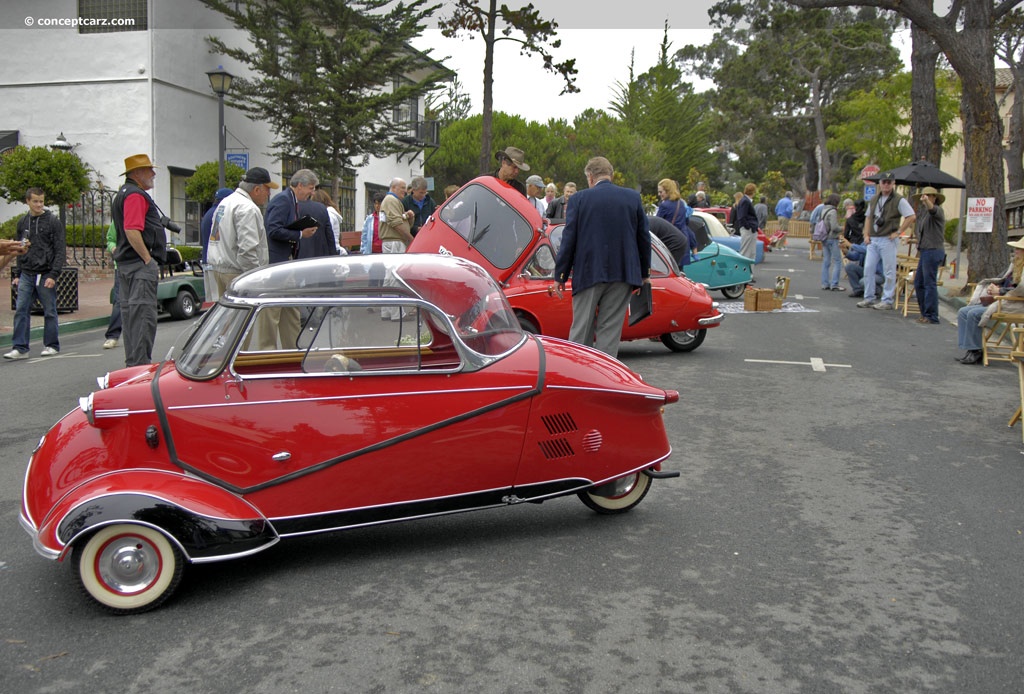
Tandem
View info and history
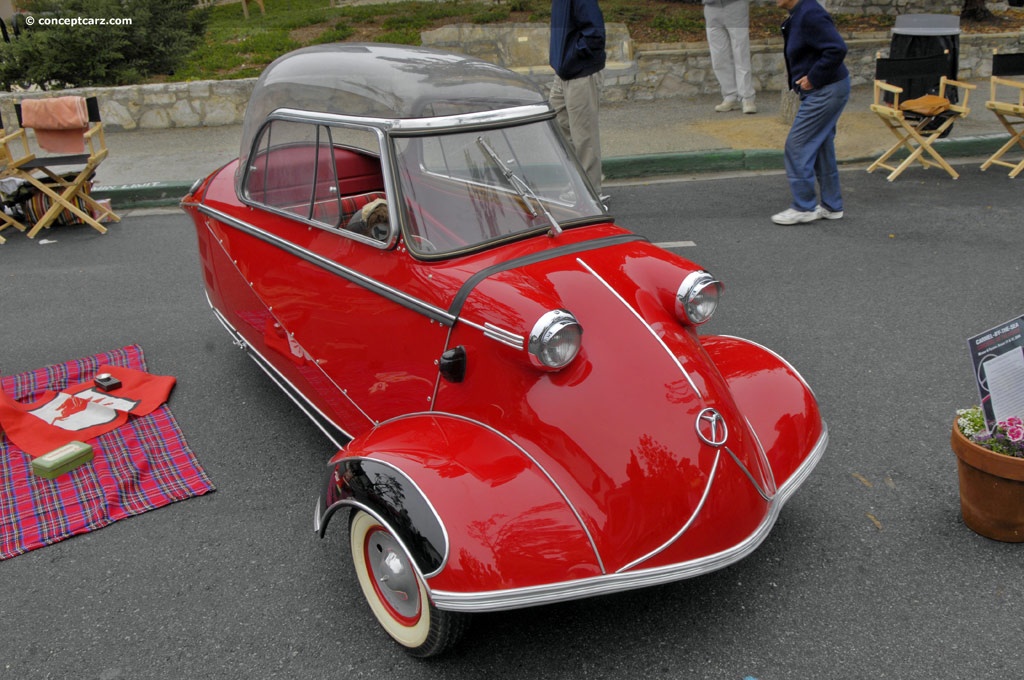
Tandem
View info and history
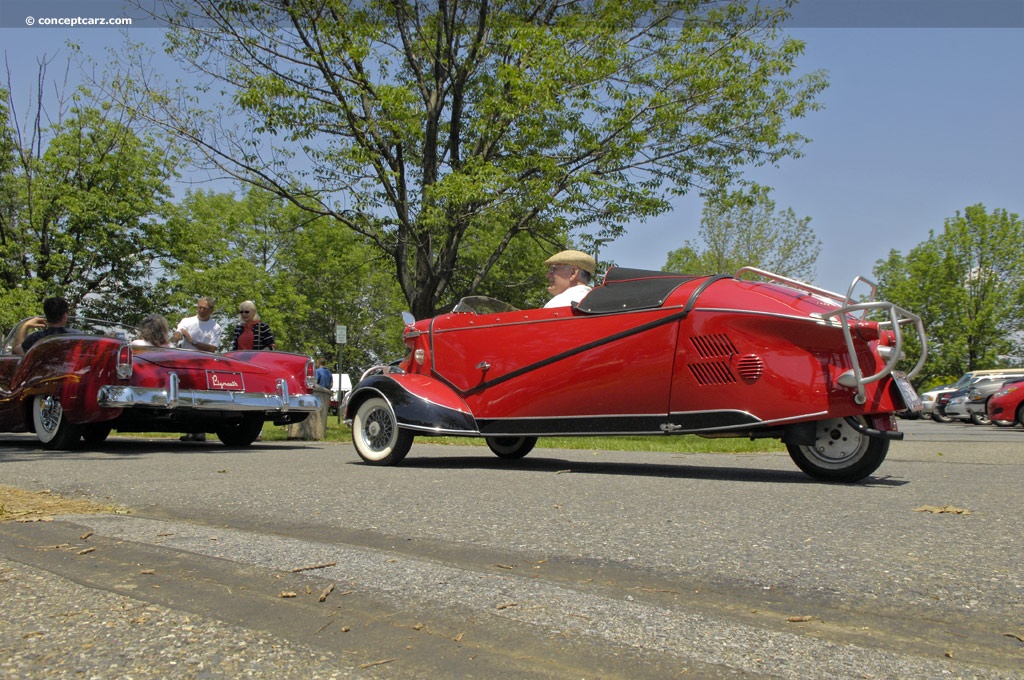
Tandem
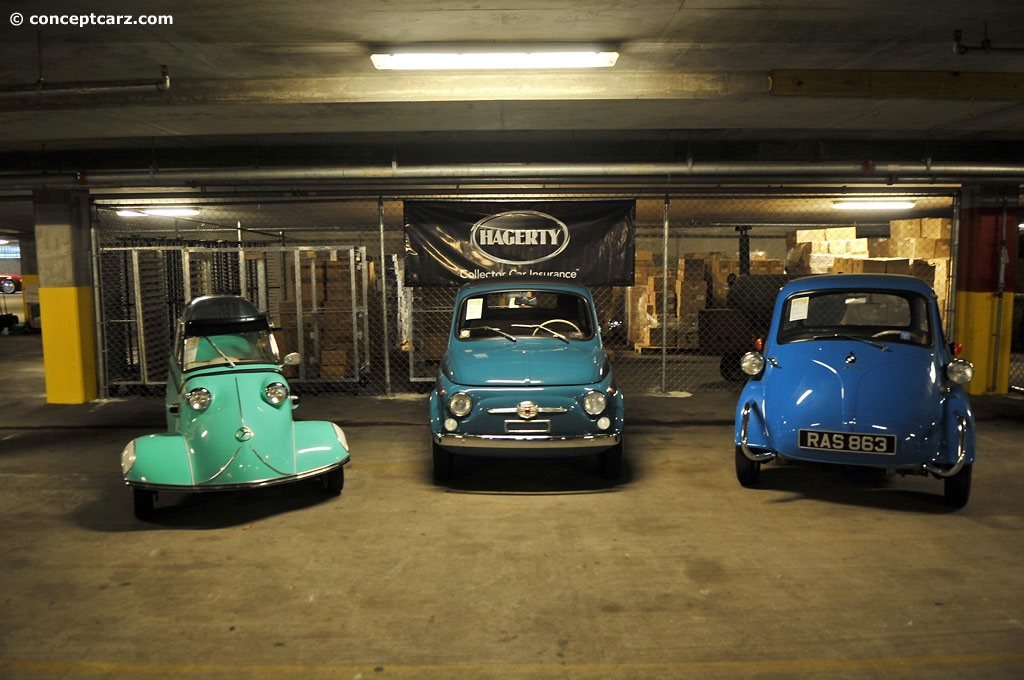
Tandem
Chassis #: 56278
View info and history
Auction entries : 1
by Daniel Vaughan | Nov 2021
Related Reading : Messerschmitt KR200 History
During World War II, the Messerschmitt Company produced German fighter planes such as the popular ME109 fighter. The company came into existence in 1923 and was founded by Professor Willy Messerschmitt. When WWII came to a close, the company switched to manufacturing automobile parts, as well as other industries, such as sewing machine production. Designs for the Messerschmitt automobiles began....
Continue Reading >>
Continue Reading >>
Related Reading : Messerschmitt KR200 History
One of a kind, the quirky three-wheeled Messerschmitt KR200 was a bubble car designed by Fritz Fend, an aircraft engineer. The KR200, also dubbed Kabinenroller or cabin scooter, was produced from 1955 through 1964 in the German aircraft manufacturer Messerschmitts factory. The year was 1952, and Messerschmitt was temporarily banned from manufacturing aircraft, so they turned their attention and....
Continue Reading >>
Continue Reading >>
1956 Messerschmitt KR200 Vehicle Profiles
Recent Vehicle Additions
Performance and Specification Comparison
Price Comparison
KR200 Specification Comparison by Year
Year
Production
Wheelbase
Engine
Prices
Related Automotive News

Racing Debut Of The New Audi RS 5 DTM
2017 DTM season opens at the Hockenheimring on May 67
New opportunity for fans to view the pits of the Audi Sport teams
Head of Motorsport Dieter Gass Excited to see effects of changes in DTM
Neuburg, April 28, 2017 - May 6, 2017 will...
30 YEARS OF BMW ALL-WHEEL DRIVE. FROM THE BMW 325I 'ALLRAD' TO THE BMW X5 XDRIVE40E.
Woodcliff Lake, N.J. October 16, 2015 … BMW, one of the worlds most successful premium carmakers, also boasts an excellent position in the all-wheel-drive market, a segment it first entered 30 years ago. Around one in three BMWs sold around...

BLUE BLOOD IN AUDI SPORT TT CUP
Three noblemen to compete in Audis one-make cup as guest drivers
Dennis Marschall travels to the Norisring as overall leader
Application stage for 2016 season has started
Ingolstadt, June 16, 2015 – The second race weekend of the...

BMW X4 SPORTS ACTIVITY COUPE AND M4 CONVERTIBLE MAKE WORLD DEBUT AT 2014 NEW YORK INTERNATIONAL AUTO SHOW
New BMW 4 Series Gran Coupe and BMW ALPINA B6 xDrive Gran Coupe to make North American debuts
Updated BMW X3 Sports Activity Vehicle also makes North American debut including first BMW Advanced Diesel X3 model for the US
BMW Concept X5 eDrive show...

THE NEW POLO - A PARADE OF PREMIERES AT GENEVA
Polo BlueMotion, Polo Blue GT and CrossPolo in top form
New efficiency TSI For the first time, Polo BlueMotion with petrol engine (4.1 I100 km)
Even more charisma Polo BlueGT now with 150 PS, CrossPolo perfected
Ten key facts on the world premiere...
























